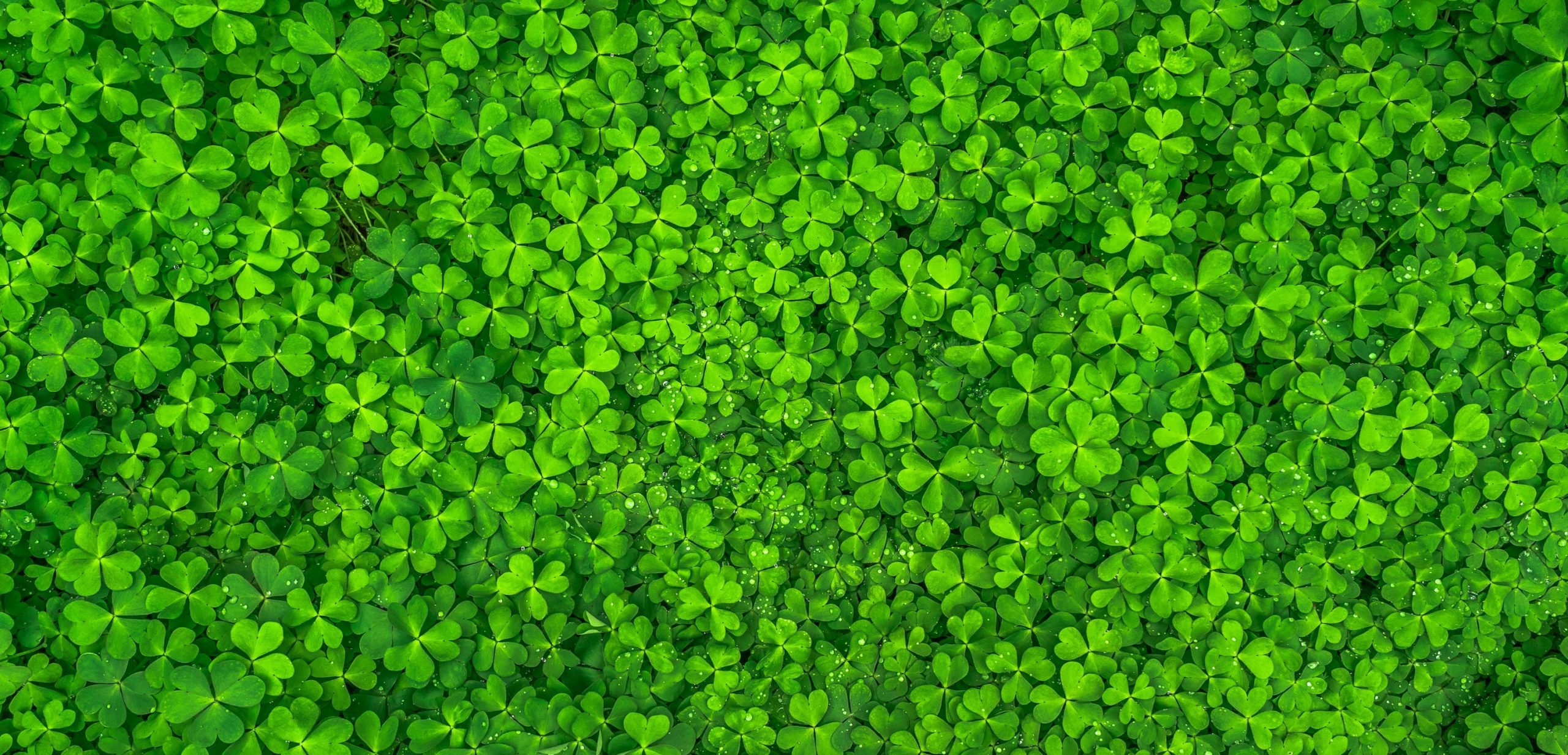Green plants aren’t just essential to our environment, but they also form the basis of the longevity and sustainability of our environmental systems. Green plants eliminate carbon dioxide and other pollutants from the air and provide oxygen to sustain life. Green plants also serve as a source of nutrition and also offer protection.
Photosynthesis
The process of photosynthesis green plants utilizes to transform sunlight into chemical energy as energy-rich sugars, essential for growth. The green color of plants is due to a chemical called chlorophyll. Chlorophyll absorbs blue and red parts of the spectrum, but it also reflects green light, which makes most plants appear green. Photosynthesis uses carbon dioxide in the process of photosynthesis, releasing oxygen as a byproduct.
Oxygen
A critical byproduct of photosynthesis is the production of oxygen. According to North Carolina State University, the giant tree in the world can generate enough oxygen to support four people within a day.
Carbon Dioxide
Plants utilize carbon dioxide as they are photosynthesizing and then remove this from the air. The World Bank estimates that the destruction of forests has caused 20 percent of the rise in atmospheric carbon dioxide levels. It is estimated that as high as 50 percent of the global temperature rise in the past 50 years has been due to changes in patterns of land use and deforestation in the present day. A single tree is thought to store 1.33 tonnes of carbon dioxide in 100 years, a mean of about 26 pounds yearly.
Natural Cooling and Stabilization of Soils
Green plants are a natural source of cooling. Leaves block the heat effect that the sun produces. Green plants also cool down through transpiration. However, this effect is only significant with large quantities of trees and other plants. Transpiration is the process through which water evaporates out of plant pores, thereby cooling the surrounding environment through cooling evaporation. Evaporation is a method of consuming heat and is the most efficient cooling method when moisture is not high. Plants also stabilize the soil through their roots. They hold grounds together and their leaves, which prevent raindrops from damaging soils. The areas that lack adequate vegetation are often plagued by large amounts of sediment sloughing into lakes, streams, and lakes, reducing water quality.
Food
Green plants are the mainstay in food webs. Birds, animals, insects, and microbes feed on green plants. They are then eaten by larger animals that, in turn, are eaten by more giant animals. For instance, rabbit consumes grasses. A fox then eats the rabbit. A mountain lion could then eat it. Consume.
Protection
The green vegetation, including trees and the scrubby underbrush, can provide shelter and cover for a variety of species of animals as well as plants. Trees provide shade to smaller plants within the substory. The same tree can be a perfect place for a bird to construct a nest. It is believed that the Dust Bowl of the 1930s was caused by farmers taking down trees to protect themselves. The removal of trees and the severe drought permitted winds to take away the topsoil on numerous farms, causing extensive crop damage. One solution was to plant trees in fields that were being cultivated to stop the wind.

